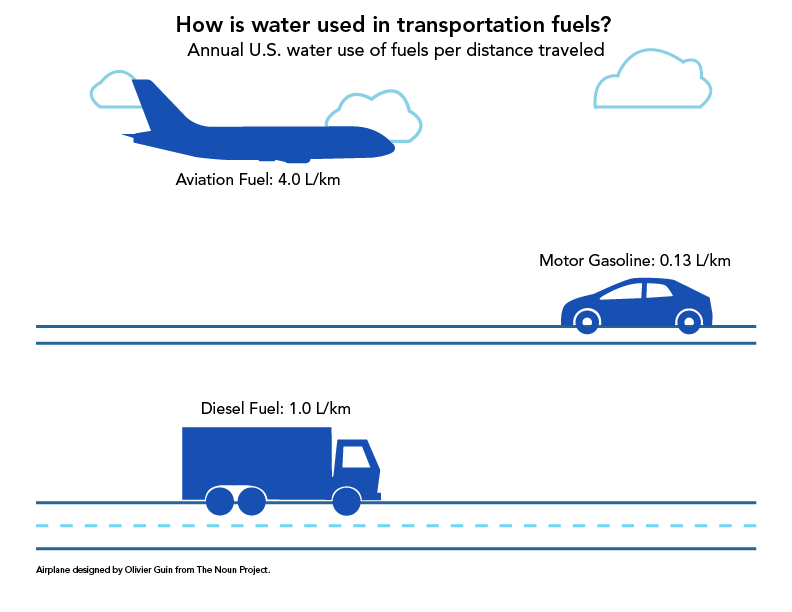An Average Californian's and American's Water Footprint
A series of simple questions to inform yourself.
A series of simple questions to inform yourself.
Mike Taptich, Thomas Hendrickson, Kelly Archer, Jennifer Stokes , Prof. Arpad Horvath
About 30 percent of the contiguous United States was in at least a moderate drought as of December 16, 2014. Conditions are particularly bad in
Accordingly, many water utilities have asked their customers to cut their water usage in an effort to conserve the state's limited resource. In the Bay Area, for instance, the East Bay Municipal Utility District has called for a 15% reduction in water usage, or about 37 gallons per day per customet conserved. By best estimates, it will take at least months of above-normal rain to end this
Well, you should begin your conservation efforts by breaking this particular question down into three major parts:
It is easy to monitor the amount of water you directy consume and use and regulate accordingly. Spending less time in the shower, watering your landscape less often, and detecting and fixing leaky faucets are ways to conserve water at home. However, for the last two questions, you need a more scientific approach for this type of 'water accounting.' Though often forgotten, the last these two questions are very important for truly reducing the total amount of water you use daily.
Water resource engineers and scientists will employ a
In the following 12 infographics, we show the results of a water LCA for average Californians.

As you can see, most of your water footprint is embedded in the resources you consume! In the figure below, we provide a more detailed data visualization. The scale of each circle represents it overall contribution to your water footprint.
For more information on how these numbers were derived, see here. Now, let's explore more about your footprint.

Yes! Meat requires more water than plant-based products. This makes sense when you consider that animals need vegetables as an input to grow to a healthy size.







To get a sense of scale, let's evaulate a trip by a gasoline-powered automobile in the Bay Area. Click a start and stop location on the map and see how many liters would be needed per trip. (Answer: {{water}} Liters)
This is just an average for the Bay Area. Similar assessments will differ across the country and world!



Mike Taptich is a PhD student in the Energy, Civil Infrastructure, and Climate program at UC Berkeley. He is also a co-founder of the Visualizing Urban Data Idealab. All of the interactive data visualizations were developed by him.
Thomas Hendrickson, PhD, is a postdoctoral researcher in Civil and Environment Engineering at UC Berkeley. All of the visuals used in our infographics were developed by him.
Kelly Archer is an undergraduate student at UC Berkeley. She recently received the A. Gilman International Scholarship, which aims to diversify the kinds of students who study and intern abroad.
Jennifer Stokes, PhD, is a research engineer in Civil and Environmental Engineering. She did her doctoral research on life-cycle analysis of water systems in California and has been studying urban water and energy issues ever since.
Arpad Horvath is a Professor in the Engineering and Project Management Program and in the Energy, Civil Infrastructure and Climate Program in the Department of Civil and Environmental Engineering at UC Berkeley.